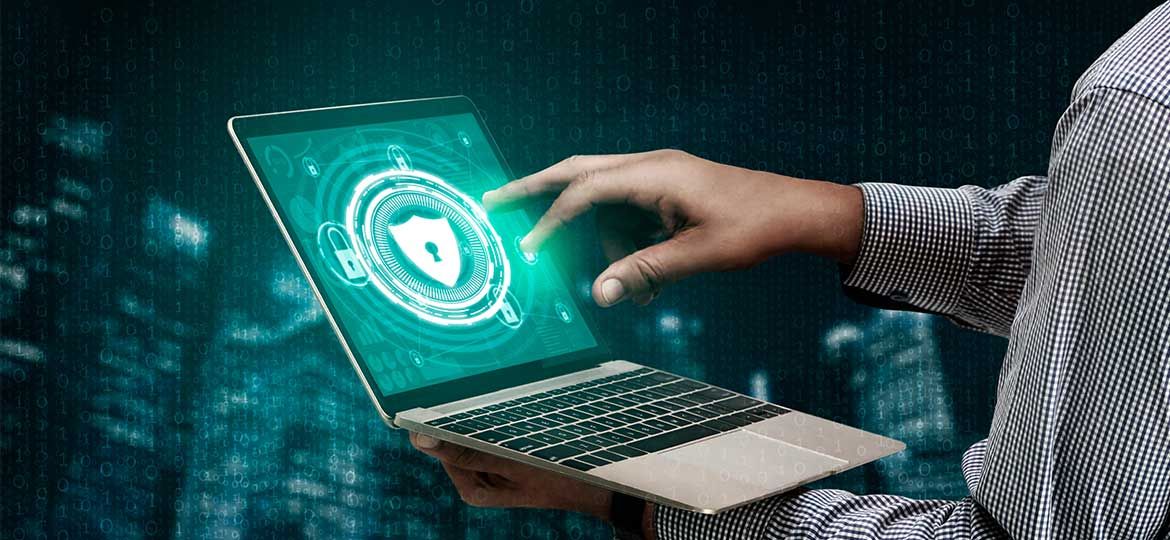
Going by the popular saying “Prevention is better than cure,” we can never stress enough why organizations should be vigilant and take proactive steps in securing themselves from cyberattacks. Not just once, but daily. But, no matter how diligent we are, we may not be able to mitigate every cyberattack, and the possibility of an organization falling victim to a cyberattack is always there.
However, there is a way to detect cyberattacks beforehand and be armed with a robust security infrastructure to mitigate and prevent cybercrimes; this can be achieved with Cyber Threat Intelligence.
What is Cyber Threat Intelligence?
Essentially, Cyber Threat Intelligence is organized information known as “threat feed” that an organization uses to understand potential cyber threats it may face. This in turn helps in choosing the right cybersecurity tools and building an intelligent and strong security system to better defend the potential cyberattacks.
Cyber Threat Intelligence is a streamlined process and focuses on six phases, forming an Intelligence Cycle. We’ve broken it down for you.
The Cyber Threat Intelligence Cycle

1. Planning
This first step is to lay down the objective of having a Cyber Threat Intelligence in tune with the organization’s security goals. The following considerations are a part of the planning process.
- The critical business assets and information to be secured and protected
- What would be the impact if the assets and information get breached?
- The kind of security system, threat detection, and cybercrime coping mechanism that the organization needs
2. Data Collection
The data such as the history of data breach incidences, extracting data from internal network and security devices, infiltrating the dark web, information from social media, malicious IP addresses, updates from threat data feeds, etc are collected from internal and external sources. The objective is to collect data and gather as much information as possible.
3. Processing
All the data collected is segregated and organized. However, collecting data from different sources is comparatively easier than processing them as the data is collected in humungous volumes. It becomes humanly impossible to segregate the data and pull out the appropriate ones. Therefore, organizations opt to automize this process using SIEM (security information and event management) systems.
4. Analysis
In this stage, human intelligence is applied to the processed information to form a decision. For instance, an employee’s system is disabled due to multiple failed login attempts. This information is collected and processed as threat data. Now, analysis of this situation will help in deciding what action should be taken – are all the accesses given to the employee to be revoked? Is it not a potential threat and can his system can be simply reset again? The analysis also helps in establishing better security controls and overseeing investments in security systems.
5. Dissemination and evaluation
This is a rather important phase of the Cyber Intelligence Threat Cycle. The information and intelligence reports should be shared across relevant departments, key personnel, and leadership at the organization to help them formulate apt strategies and make informed decisions about the security of the organization.
6. Feedback
This final step is to provide appropriate feedback. It could be about anything – the different stages of the Cyber Threat Intelligence Cycle, the implementation process, the pros and shortcomings of the process, improvement in dissemination and reporting, etc. Once the feedback is received, the team can work around it to build a better and robust Cyber Threat Intelligence Cycle for the organization.
A well-designed and properly implemented Cyber Threat Intelligence Cycle certainly becomes the cornerstone of the organization. So, let’s understand what benefits an organization derives from Cyber Threat Intelligence.
Why is Cyber Threat Intelligence important?
- Improves Cyber Resilience
The more cyber-resilient an organization is, the better it is secured from cybercrimes. Making the organization cyber resilient is an on-going process, and Cyber threat Intelligence adds incredible value to this process. Cyber threat Intelligence keeps eye on possible cyber risks and keeps the organization informed about the same. This empowers the organization to build a solid security system that keeps threat actors, hackers, and bots away. - Information on cyberattack trends
Today, attackers are leveraging technologies to attack businesses in different ways and are multi-staged. They don’t just resort to hacking or phishing. They are armed with password spraying, credential stuffing, brute-force attacks, etc. Cyber Threat Intelligence updates the organization about cyberattack trends and the latest security trends to deal with them. - Improves brand value
Everyone would like to transact with a business that is digitally advanced but at the same time, secure from cyber risks. Cyber Threat Intelligence improves the organization’s cybersecurity posture and makes it defensive to cyberattacks; this means lesser data breaches, negligent damages, which in turn improves the brand value of the business. Customers are always ready to trust and invest in such a brand.
The Future of Cyber Threat Intelligence
According to Jaime Blasco, VP & Chief Scientist at Alienvault, In the next 10 years, threat intelligence will become commoditized and all the big vendors will be offering it by default.
Most organizations today become a victim of cyberattacks because they could not see it coming. Therefore, setting up a Cyber Threat Intelligence team or a system helps the organization foresee and defend potential cyberattacks, and makes sure your organization never makes it to the list of top 10 or 20 organizations that faced massive cyberattacks causing serious damage to the finances and reputation.
